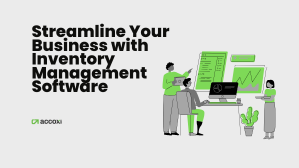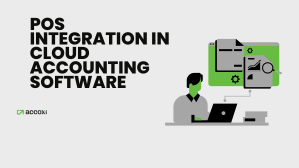Online Income Tax Challans
Income Tax is simply the tax you pay to the government from the income you earn. There are mainly two kinds of Income Tax namely Direct Tax and Indirect Tax. Direct Tax is the amount that you directly pay the government and Indirect Tax is the tax that another person collects on your behalf (for example, theatres, restaurants etc.).
What are the Types of Direct Tax Payments?
Direct Tax is broadly classified into two viz. Income Tax and Corporate Tax. Income Tax is the tax paid by HUF, individual or any taxpayer other than companies. Whereas, Corporate Tax are the tax paid by the companies on the profit they earned.
How to pay Direct Tax?
Income Tax and Corporate Tax coming under Direct Tax can be paid in 2 ways:
- Direct cash remittance: You are paying the due tax amount in the designated bank outlet and obtaining the sealed hard copy of the challan for the tax paid.
- E-payment: You are making payment through internet banking and obtaining the E-challan online.
These taxes are to be mandatorily paid by those parties (individuals and companies) whose accounts are audited under Section 44AB.
What are the Advantages of E-payment over Physical Payment?
- The procedure is simple, safe and time-saving
- The E-payment services can be availed from anywhere anytime
- You only need an internet connection and internet banking enabled through an authorized bank
Which are the Taxes That Can be paid online?
Following taxes can be paid through the electronic medium:
- Income Tax
- Corporate Tax
- Tax Deducted at Source (TDS)
- Tax Collected at Source (TCS)
- Securities Transaction Tax (STT)
- Wealth Tax
- Other Direct Taxes like Gift Tax, Expenditure Tax etc.
Which are the Online Income Tax Challans ?
There are a total of 6 Income Tax challans that are supposed to be filled and submitted by the Income Tax payers as directed by the Income Tax Department of India and are:
|
E-PAYMENT OF TAXES
|
|
CHALLAN NUMBER
|
CATEGORY
|
TAX DETAILS
|
|
ITNS 280
|
Non-TDS/TCS
|
- Payment on Advance Tax
- Self-Assessment Tax
- Tax on Regular Assessment
- Surtax
- Tax on Distributed Profits of Domestic Company
- Tax on Distributed Income to Unit Holders
|
|
ITNS 281
|
TDS/TCS
|
Payment on TDS/TCS by Company or Non-Company Deductee
|
|
ITNS 282
|
Non-TDS/TCS
|
- Payment on Securities Transaction Tax
- Estate Tax
- Wealth Tax
- Gift Tax
- Interest Tax
- Expenditure/Other Tax
- Hotel Receipt Tax
- Commodities Transaction Tax
|
|
ITNS 283
|
Non-TDS/TCS
|
Payment of Banking Cash Transaction Tax (BCTT) and Fringe Benefit Tax (FBT)
|
|
ITNS 284
|
Undisclosed Foreign Income & Assets
|
Payment of Income Tax and Corporate Tax in case of undisclosed Foreign Income and Assets
|
|
ITNS 285
|
Equalization Levy
|
Payment of Equalization Levy
|
|
ITNS 286
|
Income Declaration Scheme, 2016
|
Payments coming under Income Tax Declaration Scheme 2016
|
|
ITNS 287
|
Pradan Mantri Garib Kalyan Yojana, 2016 (PMGKY)
|
Payment under PMGKY 2016
|
What are the Step-by-Step Procedures in E-payment?
Each Challan has separate forms to be filled out. The E-payment of Direct Taxes can be made by following the step-by-step procedures explained below:
- Log in to the E-payment portal www.tin-nsdl.com and open the corresponding challan
- Enter the precise information in the respective field of the displayed screen
- Provide information along with correct codes wherever necessary, bank details and other relevant information
- The bank will send a verification code to be entered in the field provided. After entering the code, click on ‘Proceed’ button to further the process.
- In the page that comes next, will display the details submitted by the taxpayer in the challan. The name will appear as per the records with the Income Tax Department.
- On verifying the details displayed in the screen, the taxpayer can proceed further to the bank formalities by clicking on ‘Submit to Bank’ button
- Once the confirmed challan is submitted, bank’s payment gateway will be open wherin the taxpayer has to log in to his account and enter details such as tax, interest, cess, penalty etc. to be paid
- The taxpayer should finally check the details entered before submission to ensure it is error-free and then initiate the payment
- On successfully making the payment the challan which is the taxpayer’s counterfoil, will be displayed on the screen
- The taxpayer has to keep the record of the challan that is generated with a unique Challan Identification Number (CIN) alongside other details as his proof of tax paid online
It is always an ideal option to go far managing tax-related processes online as it is more time and effort saving than the physical way of remitting tax. The government’s online tax payment portal comes with a user interface that is simple and intuitive for the users. Additionally, it encourages digitalization in India to a greater range.





